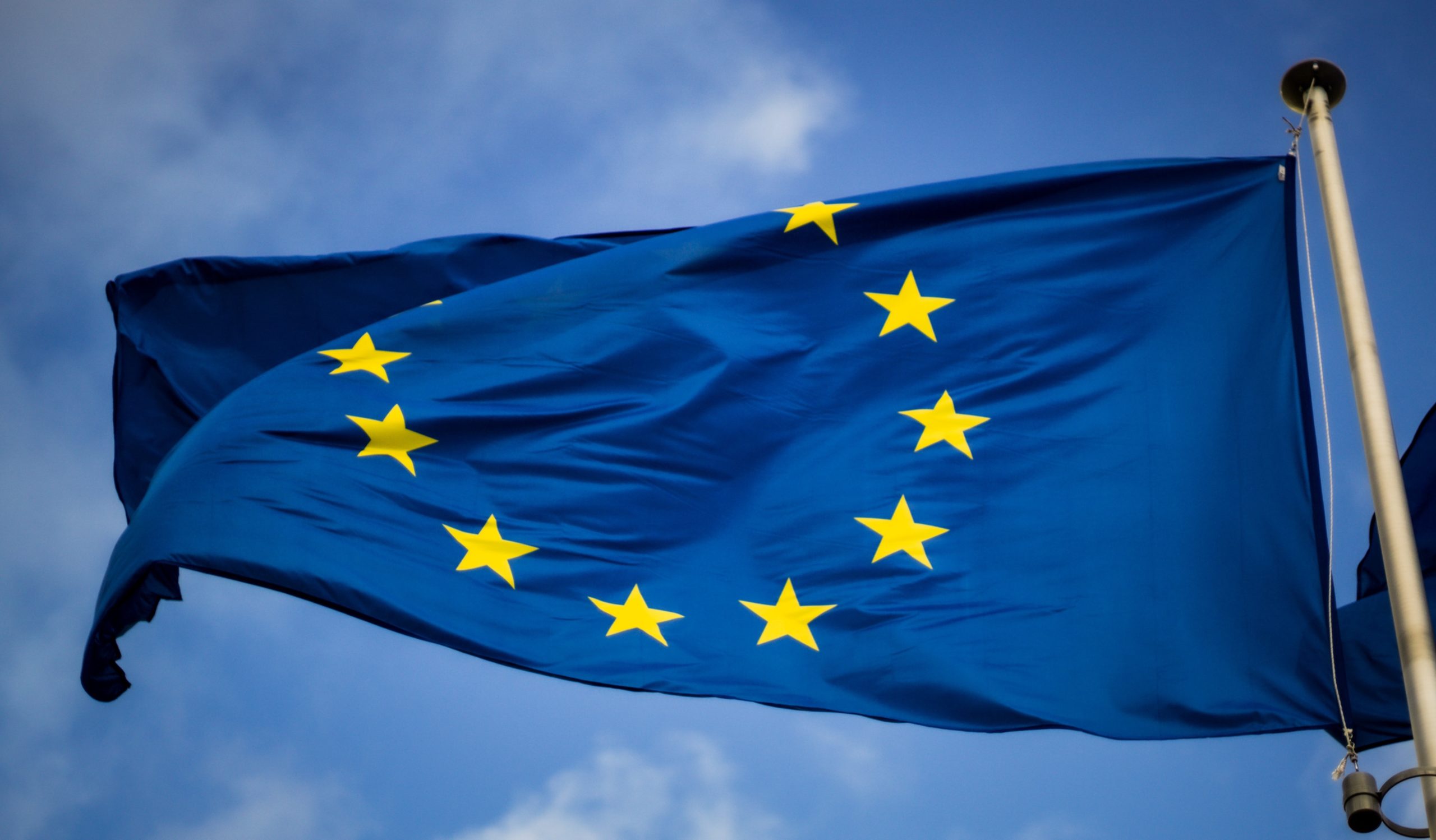The EU wants to stop the use of microplastics that are intentionally added to products such as cosmetics, detergents, paints, and pesticides. They intend to ban the use of microplastics that pose a risk to environmental and human health. European Chemicals Agency (ECHA) just delivered its final opinion on regulating ‘intentionally added microplastic’ to the European Commission. Now it’s in the Commission’s hands to adapt ECHA’s view and turn it into law.

ECHA’s proposal comes with significant loopholes that would allow microplastic pollution to continue for almost a decade. Additionally, there are many gaps in the proposed definition of “microplastics” that permits many polymers of concern to remain in use.
What might NOT be restricted?
As a result of heavy industry lobbying, the definition of microplastics is very limiting. The opinion of ECHA has many ifs and buts in the definition of microplastics. The European Commission aims to prevent 500,000 tonnes of microplastics polluting mostly rivers and seas. However, if these loopholes are overlooked, the commission’s target will be challenging to achieve.
From the first dive into the final opinion, here are the polymers that would not make it to the restriction:
- Water-soluble & liquid polymers: ECHA excludes all water-soluble and liquid polymers from the restriction proposal, focusing only on polymers that are in solid form. Soluble polymers can be very persistent and toxic, and they can potentially become insoluble in the environment. The opinion cautions that soluble polymers’ exclusion does not necessarily mean that they could not pose a risk to the ecosystem. If exempt, the market-demand for these polymers will increase, and their concentrations in the environment will inevitably increase too.
- Nano plastics: The proposal sets a lower limit of 100nm (0.1 micrometers) to the definition of microplastics. All the solid microplastics that are smaller than 100nm are outside of the scope. This is especially worrying because the likelihood of these nanoplastics entering into cells of organisms increases with decreasing particle size as recent studies demonstrate; this could prove disastrous in the near future. Furthermore, establishing a lower size limit creates problems for future compliance and enforcement procedures, it’s very difficult to detect these small particles. This exemption will most likely drive the industry to use nano plastics < 100 nm rather than searching for environmentally friendly alternatives. As a result, the concentrations of these particles in the environment might increase.
- (Bio)degradable polymers: The allegedly biodegradable polymer and natural polymers are also outside of this submission scope. It is highly essential to approve appropriate tests to assess the biodegradability of these polymers. Otherwise, derogating microplastics from the restriction based on tests that cannot show how fast they will degrade in real-life conditions would mean accepting their continued use without the necessary evidence.
On many occasions in ECHA’s opinion, the Risk-Assessment Committee warns that if a polymer has been exempted from the proposed restriction on microplastics, it does not mean that it has been demonstrated to be safe. It may have other hazards in addition to those associated with the microplastic concern. There are many environmental and human health concerns still attached to many of these excluded polymers. It’s a problem we are saving for the near-future.
Microplastic pollution to continue for almost a decade
The final opinion of ECHA grants long periods of transition to many sectors to adapt to the ban. For instance, the cosmetics industry would get four years to get rid of microplastics from ‘rinse-off’ products and six years for ‘leave-on’ cosmetics. The cosmetic industry uses 8.700 tons of microplastics every year, and an estimated 3.800 tonnes escapes to the environment annually. Such long periods to adapt to the law would mean allowing tonnes of microplastics pollution.
A transition period of 5-8 years is granted to the encapsulation of fragrances in detergents and cosmetic products. Five years transition period is allowed for detergents and fertilizing products. With these long periods for these different industries to adapt to the restriction, the environmental microplastics pollution will continue for almost a decade.
EU must go further
Now the ball is in the court of the European Commission. They have a golden chance to go further than what is being proposed by ECHA and ban ALL intentionally added microplastics. The EU has until May 2021 to draft the law, after which member state experts will vote on it. Overlooking exemptions and exclusions will create a problem for the future. There’s enough scientific evidence to be suspicious of these substances. Ten years ago, even solid microplastics were not an urgent issue to look into, and now they are ubiquitous in every part of our planet. We request the European Commission to take the precautionary principle as their guiding light and go a step further in ensuring our planet’s safety from microplastics.
You might also be interested in:
→ Sign this petition and ask the EU to ban microplastics in cosmetics

